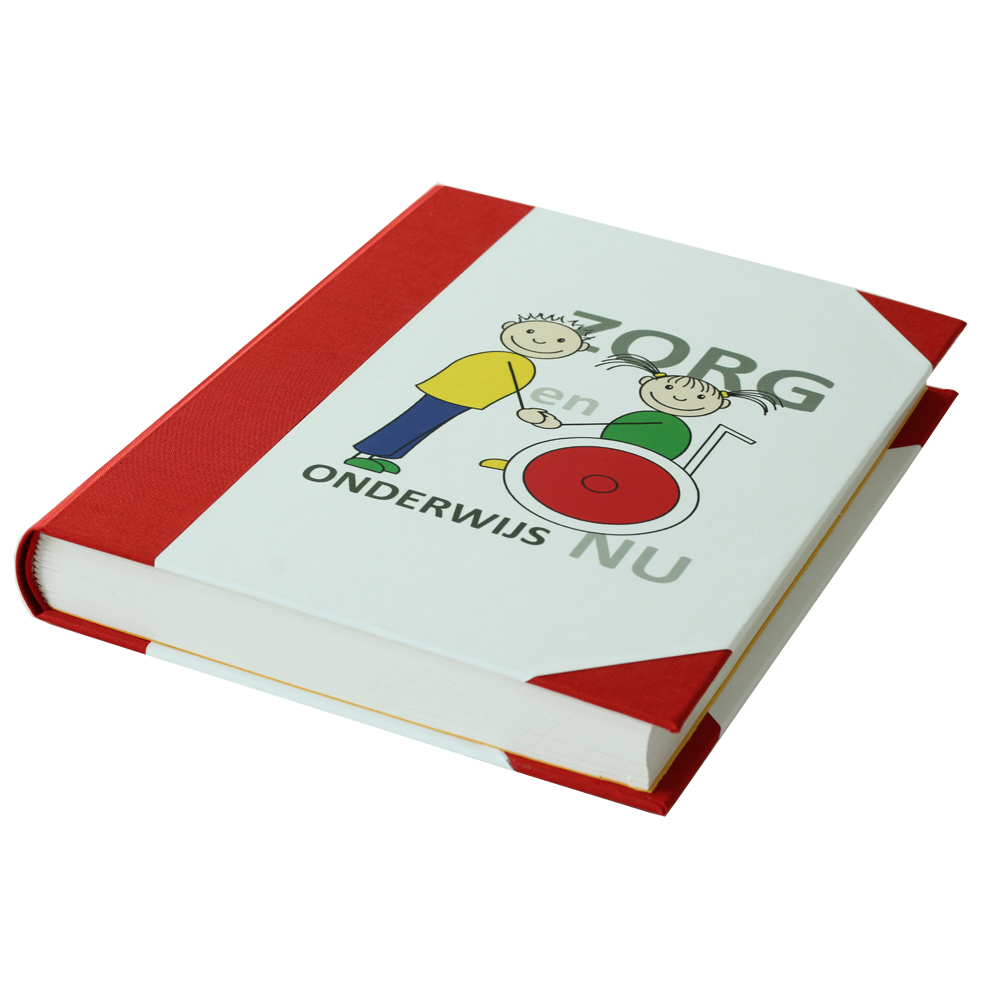There are plenty of nice boutiques, salons de thé and restaurants in 'La Vieille Ville', the old city. Winding cobblestones streets, ancient facades - often very colorful -, hidden passages and nice squares. In short it is a feast for the eyes to walk through Lille.
Unfortunately the museums are closed on Tuesdays, otherwise we certainly would have visited Le Palais des Beaux-Arts or the museum of modern art. Fortunately the shops were open, and we managed to find a really nice one; L'Atelier La Sorciere Verte, a boutique for paper artists, writing and bookbinding. In French it even sounds better: Boutique de Créateurs en Papeterie, Ecriture & Atelier de Reliure. A lovely shop to nose. A lot of beautiful paper! When you are in Lille and you love paper, don't forget to visit this shop!
Since we were in France we couldn't go home without some really nice French (smelly) cheese as well, so we saw (and smelled) a lot of funny cheeses that day :)
It's definitely worth visiting Lille! .. I had a lovely day ... and now ... back to business ... I have some books to bind today :)
























